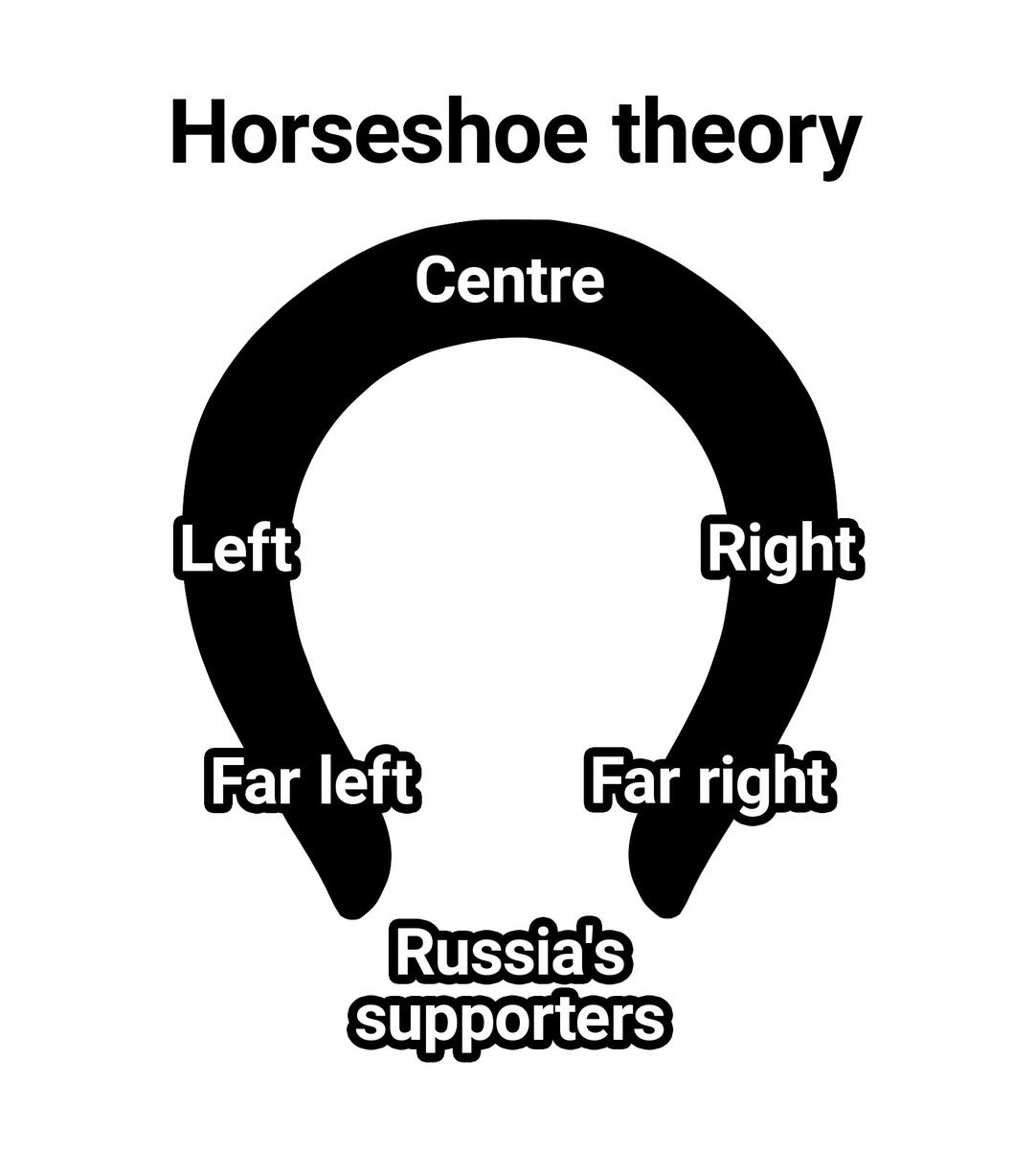“Ruination Day”: The new Economist cover amid Trump’s tariff war.
Trump has launched a global trade war, calling it a “Liberation Day.” As an economist, I know a thing or two about tariffs. So here are some predictions of what we should expect if this tariff war continues.
1/n
Trump has launched a global trade war, calling it a “Liberation Day.” As an economist, I know a thing or two about tariffs. So here are some predictions of what we should expect if this tariff war continues.
1/n

2/ First, let’s clarify what tariffs will not do:
- Tariffs will not fix the U.S. trade deficit. That’s simply wishful thinking. Tariffs will reduce both exports and imports, leaving the overall balance of trade largely unchanged.
- Tariffs will not fix the U.S. trade deficit. That’s simply wishful thinking. Tariffs will reduce both exports and imports, leaving the overall balance of trade largely unchanged.
3/ - Tariffs will not rebuild U.S. manufacturing. First, tariffs will make American exports less competitive in global markets. Second, tariffs will put upward pressure on the U.S. dollar, making U.S. goods more expensive to foreign buyers.
4/ As a result, it will become costly to produce “American products” — and nobody will want to buy them.
5/ Now, what will likely happen if tariffs persist:
- Americans will pay higher prices. Tariffs are a tax on domestic consumers. They raise the cost of imported goods, and that cost is passed on to Americans as inflation.
- Americans will pay higher prices. Tariffs are a tax on domestic consumers. They raise the cost of imported goods, and that cost is passed on to Americans as inflation.
6/ - Other countries will retaliate. This will hurt American companies that sell products abroad — which includes nearly all major U.S. firms.
7/ - Reduced consumer choice. Some products will become too expensive or unavailable altogether, disappearing from store shelves.
8/ - Significant job losses in export-dependent industries. Sectors like agriculture and manufacturing will be hit hard.
9/ - Major supply chain disruptions. Many businesses rely on cheaper inputs from abroad. With tariffs, they’ll be forced to find more expensive alternatives, driving up costs and reducing competitiveness.
10/ - Slower economic growth — or even a recession. When you add it all up — higher prices, job losses, disrupted trade — the result is likely to be a significant economic slowdown.
• • •
Missing some Tweet in this thread? You can try to
force a refresh










